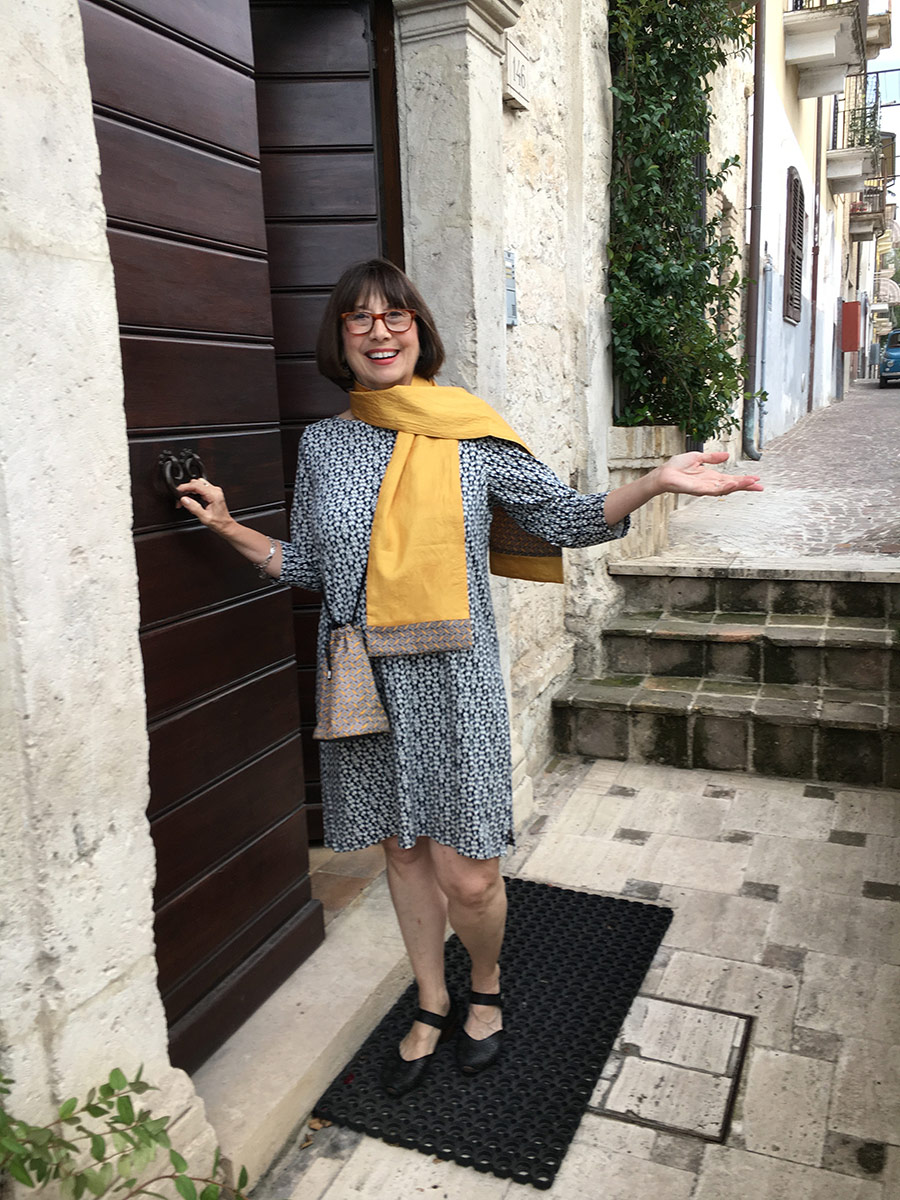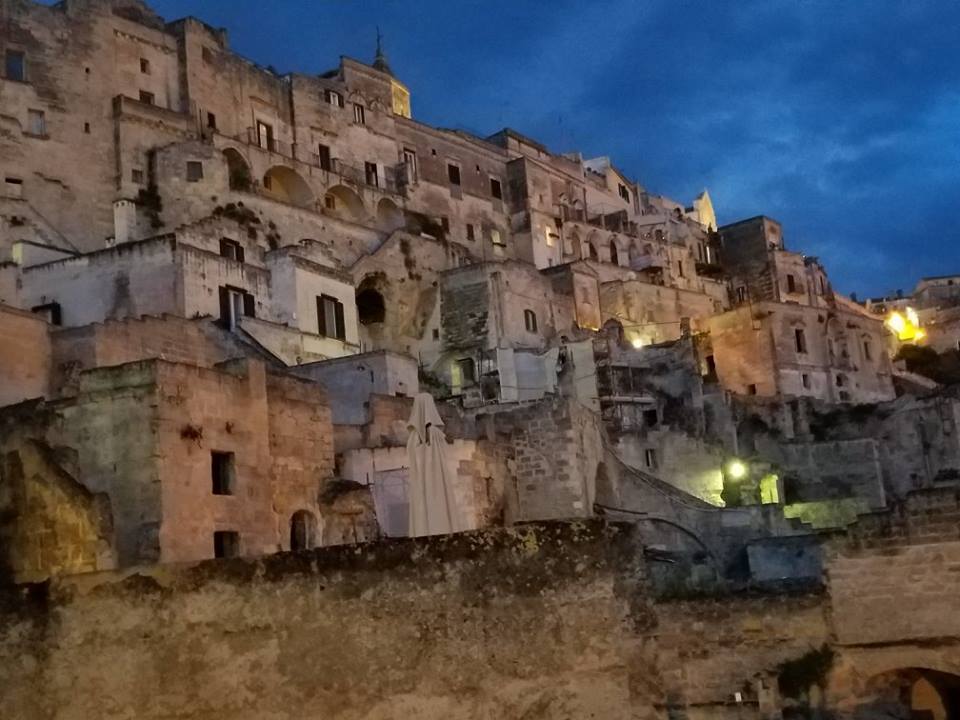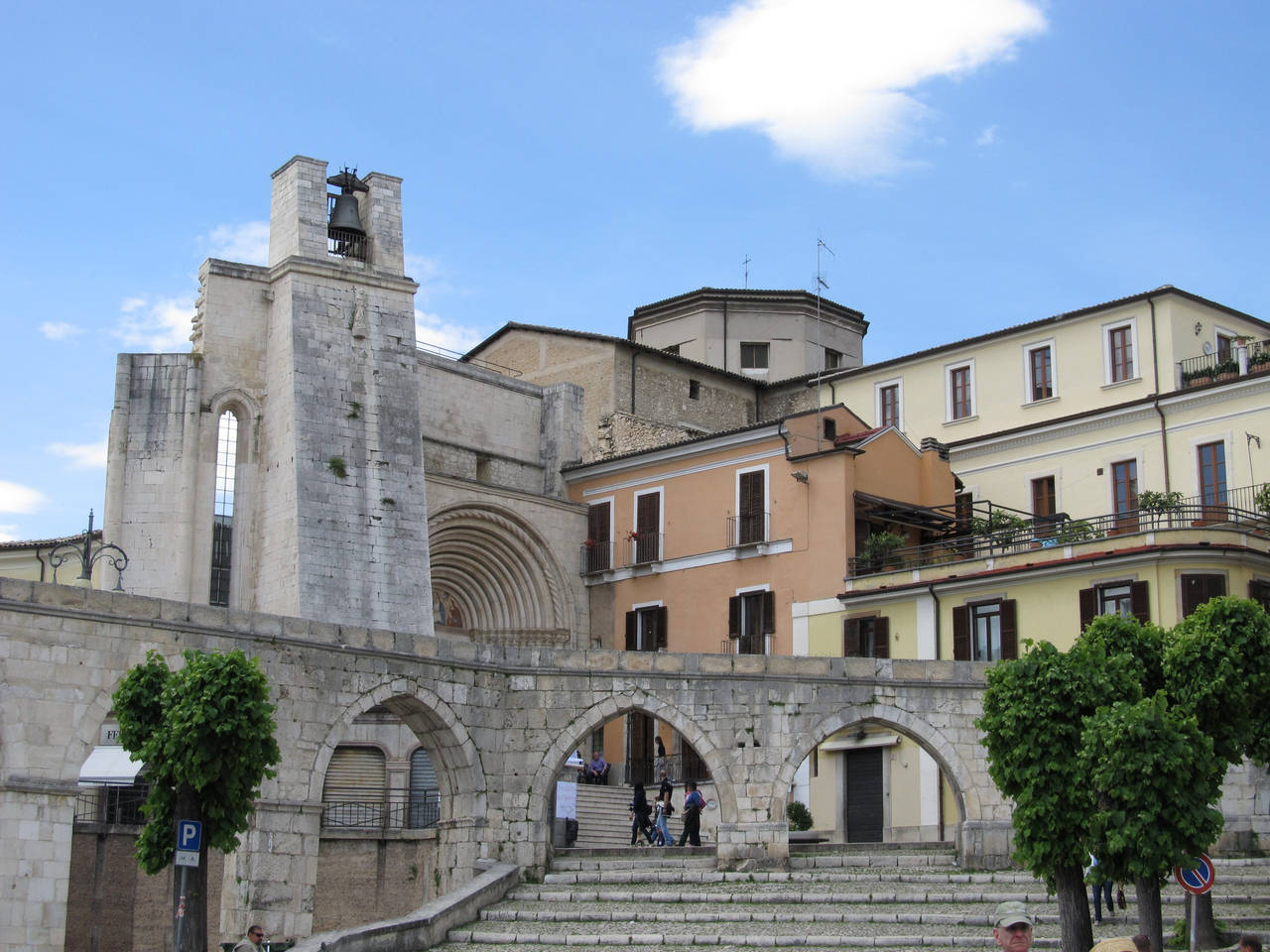Journeys are the midwives of thought. — Alain de Botton
I have a wall full of travel books. Mostly, they’re books about all the places I’ve been: France, Belgium, the U.K., Vermont, New York, the Southeastern United States, and various and sundry parts of Italy. Some of them tell me about places I’m about to visit: California, for instance (next week), and back up to Connecticut and Massachusetts later this summer. A few are about places that I long to go: Nepal, Prague, Greece, Copenhagen, Barcelona . . .
Travel books are very useful inventions. They provide us with a raft of information about everything from where to stay and eat to what kind of weather we can expect when we get there. My favorites (the DK Eyewitness Travel Guides from Dorling Kindersley Publishing) even tell you about special regional dishes, what to bring home as souvenirs and how to respond in emergency situations. And that’s all well and good.
There are many travel guide “families” to choose from: Lonely Planet, Fodor’s, Frommer’s, Rick Steves — even good old AAA. And while one may focus more on the “back streets” approach to travel and another may be targeted to the budget traveler and still another may provide all you need to know about high-end luxury travel, they all set out to do the same job: to make it easier for you, the traveler, to navigate the unknown. We all feel better when we stay in a place with a certain number of stars or eat in a restaurant that has been given a good review by someone whose opinion we respect. And if Rick Steves says that the best way to see Europe is “through the back door,” then, by golly, some of us are going to find that door.
But I recently discovered another kind of travel book. It doesn’t tell you a thing about which hotel to frequent in Rome or which museum is a “must-see” in Amsterdam. It doesn’t care a fig about the local cuisine in Katmandu or that the Welsh language is making a comeback in some provinces in Patagonia. But it will teach you something much more important. You will learn about why people travel (or don’t) and about why the very act of travel is often so disappointing — and what to do about it.
The Art of Travel, by Alain de Botton, takes travelers where they’ve likely never contemplated going before: to the “how” and “why” of the act of leaving one place and going to another. The book has been called “dense” (I disagree) and is certainly more of a philosophical treatise on travel than a guide that will help you prepare your itinerary. But it will, I believe, help you prepare your interior itinerary: your rationale for and expectations about travel and how to prepare yourself for what you see, hear, smell and taste when you’re on the road.
Writing in the ALA publication, Booklist, Nicole Wallerk said of The Art of Travel:
“Rather than lavishing pages on the sumptuous taste of a sun-ripened olive
in Provence, philosopher de Botton examines what inspires us to escape the
humdrum and purchase tickets to Tahiti, tromp through the countryside, or
wander Rome. Left to one voice, such an inquiry might grow dull, but de
Botton uses the lives and works of artists and writers to explore the premise.
With each chapter, the author dissects our motivation to depart normality and
go (he quotes Baudelaire) “anywhere, anywhere!” De Botton’s anecdotal accounts
of his own travels illustrate the theme of each chapter, such as exoticism or
escapism, showing the unexpected (but all too common) disappointments
inherent in getting away. Then, using the interior and artistic lives of others,
de Botton probes the psychological underpinnings of why we go. The book
shines when discussing Flaubert’s lifelong urge for Egypt and painter Edward
Hopper’s affinity for the desolation of fuel stops and Automats. This literary
travelogue feeds hungry readers seeking self-insight.”
Swiss-born and now living in London, de Botton is the author of six other books, including the popular How Proust Can Change Your Life. When I first began reading The Art of Travel, I had to keep looking back to the publication date (2002), because it often reads like something out of the 19th century (in a good and thoughtful way). But once I got used to the understated, philosophical style, I sat back and bought a ticket. The book itself is divided into five main sections: Departure, Motives, Landscape, Art and Return. The chapters within each section provide narratives about de Botton’s own travel, compared and contrasted with the experiences of the “guides” he invokes, among them Van Gogh, Humboldt, Hopper, Wordsworth, Flaubert and even the Old Testament’s most put-upon father and husband, Job.
It is a most unique writing venture. And anybody who, while traveling between London and Manchester, can notice a billboard “that advertises to motorists and to the sheep in an adjacent field a photograph of a fried egg, two sausages and a peninsula of baked beans” is all right in my book.
As with every book I read, I have underlined a passel of phrases and passages that I felt were full of either truth or wit or both. I started on page 29 in The Art of Travel with the peninsula passage above and moved on to other wonderful bon mots like “What we find exotic abroad may be what we hunger for in vain at home.” Thinking about my irrational curiosity about Italian doorknockers, for example, I was struck by this passage:
“. . . we may value foreign objects not only because they are new
but because they seem to accord more faithfully with our identity
and commitments than anything our homeland can provide.”
Perhaps. But that initial de Botton quote sums it up nicely: the journey is the midwife of thought. And thought leads to exploration of new ideas and that can lead to words and drawings and the capture of the exotic and the intoxicating. Also the beauty of the everyday, the genuine seeing of the ordinary, the honing of our receptivity. He writes, “Once I began to consider everything as being of potential interest, objects released latent layers of value.”
So get the book and read it, by all means. But before you do, go and notice something today. Something ordinary, that you have seen every day of your life, perhaps, but never really noticed before. Feel the texture, note the sensual curves, put it to your nose and smell its heart. Travel is just like that.
Buon viaggio!

Linda Dini Jenkins is a card-carrying Italophile, travel planner, freelance writer, and amateur photographer. Travel is her passion, so writing about her travels just comes naturally. She hopes all her travelers find a way to express their joys, surprises, and fears as they travel and gives every traveler a nifty journal to help smooth the way. Learn more…


